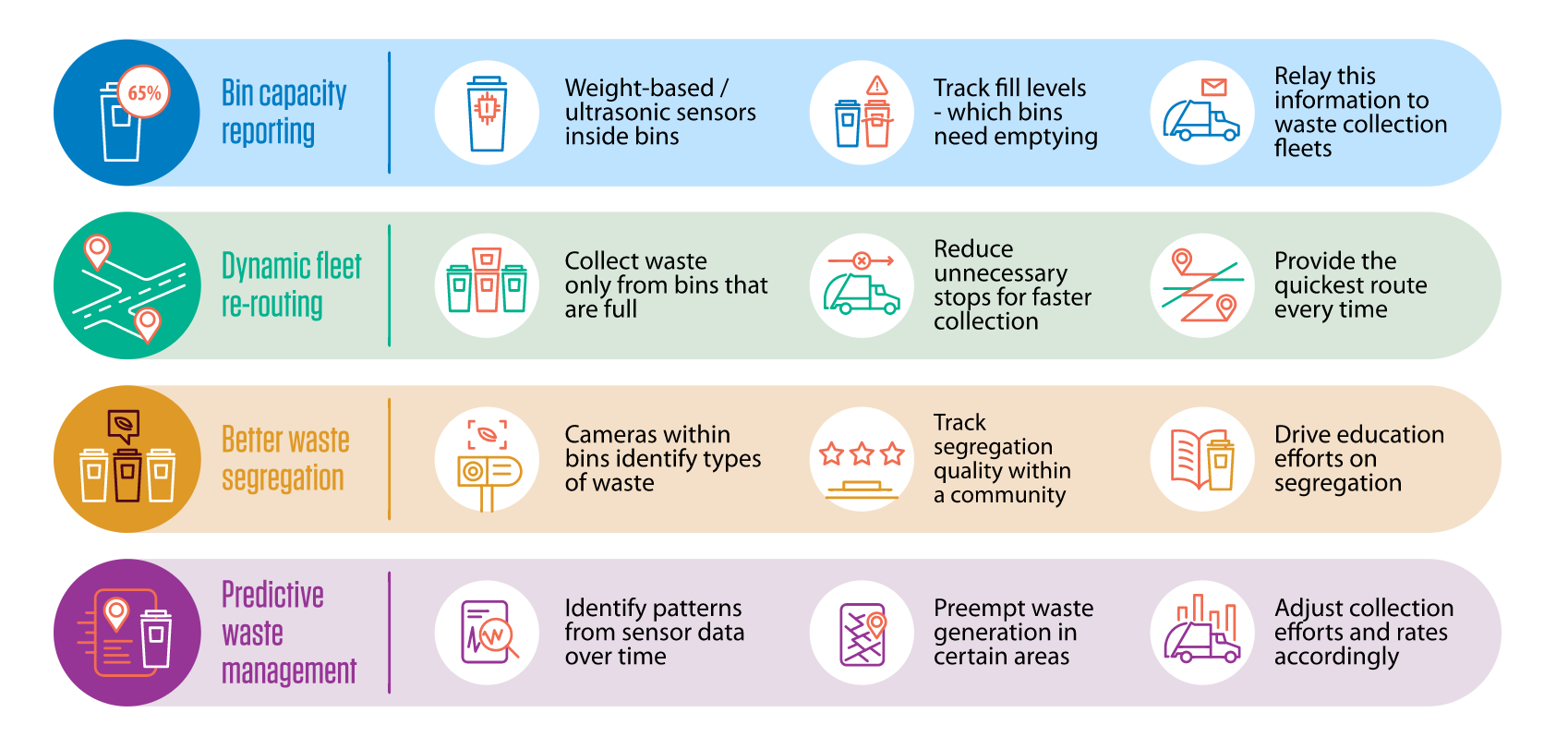Artificial Intelligence vs Climate Change
Part 1
How AI technologies are coming to the fore in the uphill battle against climate change
November 4th, earmarked ‘Energy Day’ at the currently ongoing United Nations’ 13-day COP26 conference on climate change being hosted in Glasgow, found activists turning up in giant inflatable ‘Pikachu’ costumes, campaigning against Japan’s coal industry from the other side of the river from where the event was being held.
Inside the conference venue, leaders from over 40 countries, businesses and financial institutions were assembled – discussing the announcement of a pledge that would phase out the use of coal-generated power for good. Sadly for the Pikachu, though, Japan was not one of them.

That climate change is set to be the biggest collective challenge for humanity should not come as a surprise to many. Here are some facts according to the National Oceanic and Atmospheric Administration (NOAA):
- The earth’s average temperature has risen about 0.14°F (0.08°C) every decade since 1880; whereas the rise over the past 40 years (since 1981), has doubled to 0.32°F (0.18°C).
- The ten warmest years ever recorded in over 141 years of recording climate data have all occurred within the last 15 years, with 2020 ranking as the second-warmest year ever recorded.
- And, from 1900 to 1980, a new temperature record was set on average every 13.5 years; from 1981–2019, a new record was set every 3 years.
The situation is, in a word, alarming.
With the world now, however, looking to combine forces and head towards an era of active collaborative climate action, the question of ‘how’ becomes the primary concern. Artificial Intelligence has, over the past few years, evolved to become the go-to tool for the whole of humankind almost, irrespective of what sector or what problem. In the past, however, most of the proposed solutions to fighting climate change using AI were found to be either economically unviable, or just plain ineffective. So, the question today stands thus:
How can AI help fight climate change?
Over time, especially through the boom facilitated by the COVID-19 pandemic, AI technologies today have taken great strides in advancing the agenda for climate change as well. Google, for example, uses AI to reduce energy consumption of its resource-hungry datacentres, thereby reducing energy costs of cooling by 40%. There are various facets, in this regard, where AI can prove to be rather useful:
- Waste Management: Proper waste management and recycling techniques, especially in the processes we rely on to collect, transport, sort and process different types of waste is crucial in reducing our carbon footprint and fighting climate change.

Figure 2:Waste management and recycling techniques Source: Infosys
- Intelligent bins make use of Internet of Things (IoT) sensors in order to monitor the ‘fullness of trash receptacles throughout the city’. Machine learning and computer vision annotation allows the sensors to distinguish between different types of garbage as the bins are filled. This allows for the optimisation of waste collection routines, frequencies and timings.
- Smart sorting enables segregation of waste using AI technology and robotic arms using conveyor belt systems, where waste products are scanned using cameras and analysed using deep learning algorithms. An interesting study found that AI machines can sort up to 160 recyclables a minute – almost 5 times the amount possible by human workers. Plus, they can work round the clock.
- Poland-based Bin-e, for example, is an IoT device which sorts and compresses recyclables automatically. Combining AI-based object recognition, fill-level control and data processing, it aims to make waste management both convenient as well as efficient.
- Energy efficiency: In a setup where ensuring efficient use of energy is key, a prediction analysis to calculate the quantity of energy required on the demand side (in real-time) may prove to be invaluable. US-based Xcel Energy, for example, is offering cleaner energy sources by using AI for better predicting energy consumption, thereby boosting operating efficiency by almost 20%.
Additionally, as we transition as a global economy towards alternate sources of power such as wind energy, using AI to analyse the supply-side – the quantity of energy generated by wind farms – for example, can prove to be very useful.
Google’sAI engine, DeepMind, in this regard, allows for the prediction of wind data up to 36 hours in advance – thereby allowing for an understanding of the amount that can be committed to solely wind-powered power grids.
IBM too is “using AI for better weather forecasting, making predictions almost 30% more accurate. This helps renewable energy companies to better manage their plants, maximizing renewable energy production, and reducing carbon emissions.”
It is, of course, not just wind energy. Scientists and engineers have been working, for a long time now, to develop more efficient solar panels to solidify solar energy as a primary source of energy. In this regard, a 2019 article from Nature magazine cited a study where AI and unsupervised learning could be used to develop more efficient panels using different chemical materials as inputs. AI can truly help in accelerating this process.
(To be continued)
Artificial Intelligence vs Climate Change
